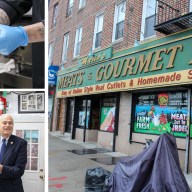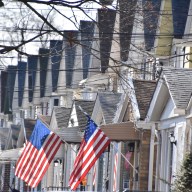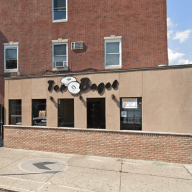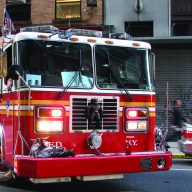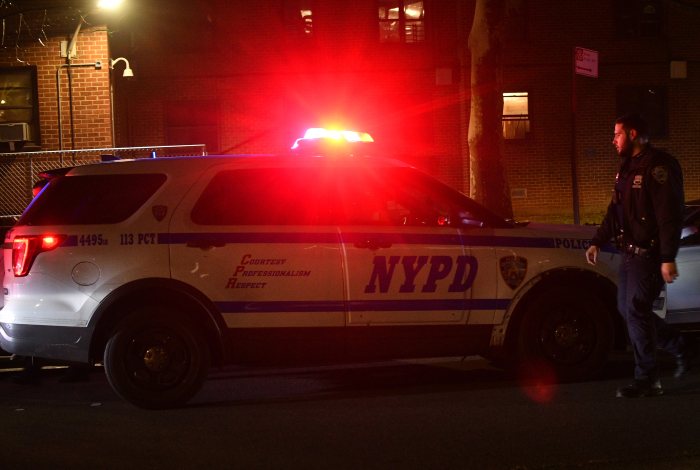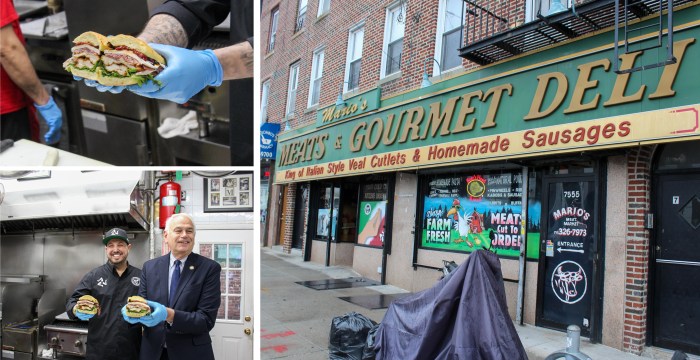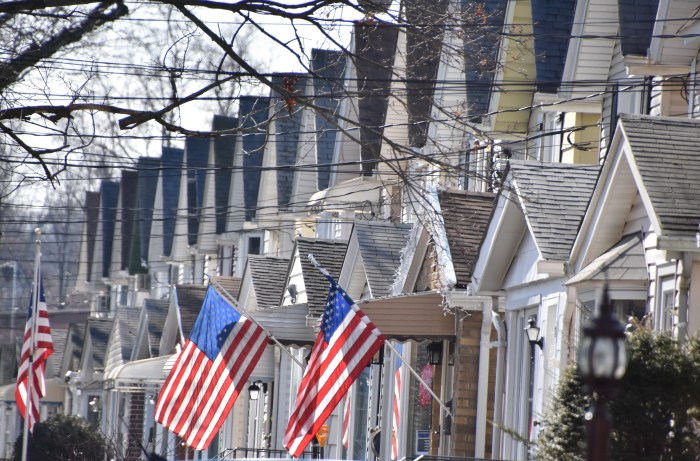By Philip Newman
In a decade that included the World Trade Center attacks and the crash of the dot-com computer industry, the city nevertheless gained a quarter of a million new jobs, with Queens taking a leading role.
The Center for an Urban Future reported that Queens had 15 zip code areas — more than any other borough — among the top 40 zip codes citywide that produced job growth between 1997 and 2007.
Jonathan Bowles, the director of the public policy think tank, said “neighborhoods that are not usually known as major job generators have been increasing significantly in the number of jobs.”
He added, “It's not just a Manhattan economy anymore.”
Bowles said the new jobs, in places like Cambria Heights, reflected two basic trends: “all sorts of entrepreneurs have started businesses, national retailers have come into neighborhoods.”
It was in the four zip codes at the bottom of Manhattan where the most jobs were lost — 78,000 — as result of the terrorist attacks on the Twin Towers on Sept. 11, 2001.
John F. Kennedy International and La Guardia airports were also big losers, with JFK down more than 5,000 jobs over the 10-year period and La Guardia down 1,361 positions.
As for Queens, Queens Village job growth was up 83 percent, Cambria Heights up 82.7 percent, Ozone Park up 80.9 percent, Astoria up 55.9 percent, Jamaica up 54.4 percent, Forest Hills up 53.8 percent, South Richmond Hill up 49 percent, Fresh Meadows up 47 percent, Flushing up 43.7 percent, Jackson Heights up 41.9 percent, Bellerose up 41.2 percent, St. Albans up 36.7 percent, Corona up 35 percent and Jamaica up 33.9 percent.
In Cambria Heights, the higher job total “had to come from small shops run by local people, who operate beauty salons, florist shops, ethnic restaurants and a great variety of small businesses,” according to Kevin Jemmott, the Cambria Heights Development Corp. president.
“We have invited some of the nationally known franchises and stores to our area, but so far, it's our own large number of smaller merchants that would account for the rise in jobs,” Jemmott said.
Yvonne Reddick, district manager of Community Board 13 in Jamaica, said, “I think our many retail outlets along Jamaica Avenue would have to take credit for most of the rise in employment around here.”
The Jamaica Avenue shopping strip has clients from far beyond Queens.
“As anyone familiar with Jamaica knows, this area is a bustling commercial district every day with busloads of shoppers arriving on weekends from surrounding states and even from Canada,” she said.
Lucille Hartmann, of Community Board 1 in Astoria, said construction alone must have provided a large number of the new jobs. She said that “more and more restaurants are opening.”
The city's gain of 256,000 jobs also came in a period when many thousands of people lost jobs in the collapse in 2000-01 of the dot-com industry, which involved hundreds of Internet companies.
The top city job growth leaders were downtown Brooklyn, up 253 percent; 55 Water St. in Manhattan, up 237 percent; and West Harlem/Morningside Heights in Manhattan, up 186.5 percent.
“The vast majority of neighborhoods producing the biggest percentage of increases in employment are outside of Manhattan's two central business districts,” the Center for an Urban Future said.
Reach contributing writer Philip Newman by e-mail at news@timesledger.com or by phone at 718-229-0300, Ext. 136.








